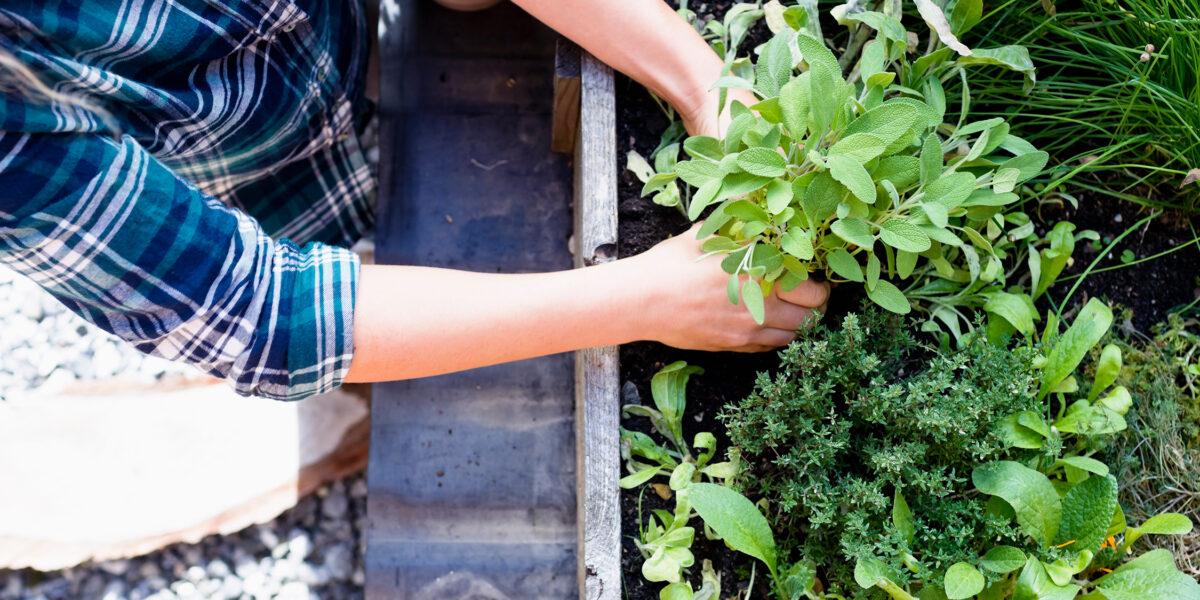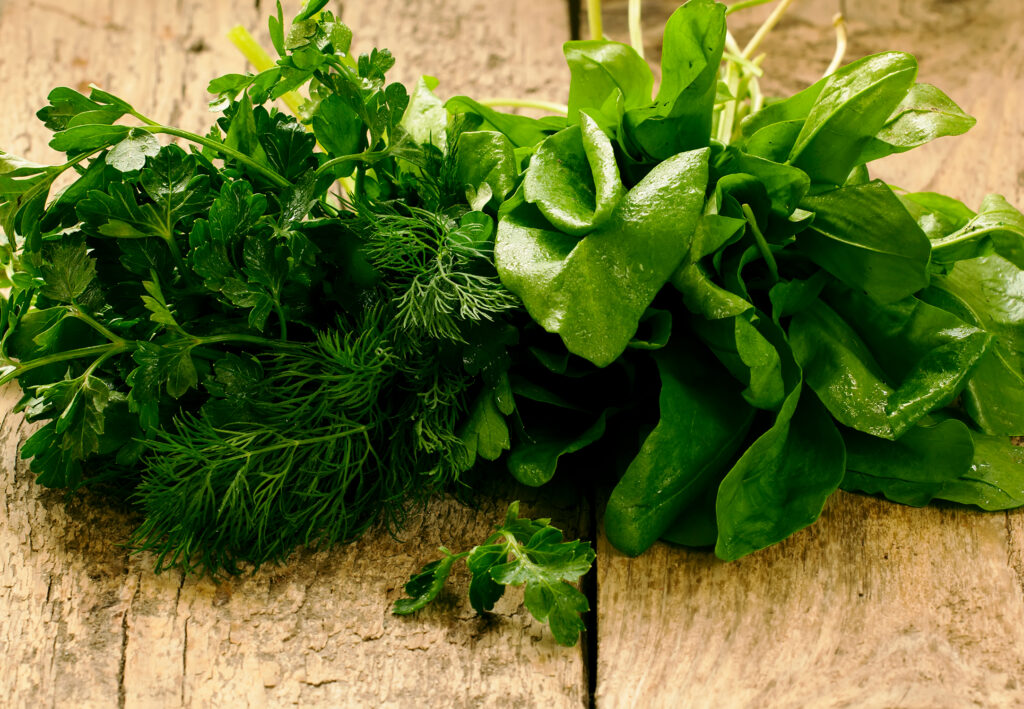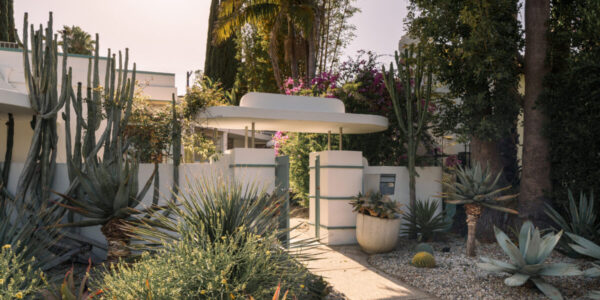
Don’t Skip These Critical Garden Tasks This Winter
Put these on your to-do list.

Emely/Getty Images
We are incredibly lucky to garden nearly year round in many parts of the West, but Winter is definitely the time to slow down, take inventory and plan for the busy growing seasons ahead.
Perhaps you’re looking to add flower bulbs to your beds for a Spring surprise, wanting to take advantage of harvesting more rainwater with the addition of swales, or maybe you just want to chill out and pine over the latest seed catalogs— no judgment! Whatever might be on your to do list (or not) there is something for every type of gardener to keep busy with this time of year.
Read on for the projects, tasks, and tricks to make the most of your garden during the winter months and beyond.
Plant
–Preorder bare root trees and berry bushes now for the best selection. Not only are these types of trees a budget-friendly option, costing 30%–50% less than potted nursery varieties, they also have a more successful transplant rate—and grow faster.
–Start cool-season herbs like cilantro, parsley, chervil, chives, dill, and borage. Try succession sowing every 2–3 weeks for a continuous harvest into spring.
–Get chilled tulip bulbs into the ground or patio pots before mid-January. If you need to store in the refrigerator before planting, be careful not to place near ripening fruit, whose ethylene gas can damage the bulbs.

5PH/Getty Images
Plan
–It’s seed-catalog season! Take inventory and organize leftover packets before making new orders, as seeds can last up to two years if stored properly in dry, airtight containers.
–Take advantage of seasonal downtime and treat yourself to a new gardening book. Now is a great time for researching spring landscaping projects, turning your backyard into a wildlife habitat, or implementing new water-saving systems into your garden.
Maintain
–Trim berry bushes to make way for new growth. Give fruit trees such as apples, pears, and stone fruit a pruning once dormant to remove interior bulk and control height.
–Monitor your compost pile, and move its location or cover if the mixture becomes too wet. Consistency should be moist but not soggy for optimal microbial activity.
–Keep holiday greens well watered or misted daily. Poinsettias dislike a draft; these decorative plants do best indoors and when you let the top inch of soil dry out between waterings.
Protect
–Add compost and mulch around your perennial veggies (think asparagus, artichokes, and rhubarb) as well as berry bushes and citrus trees. Added insulation will protect roots from dipping temperatures while retaining moisture and helping control erosion.
–Consider digging swales on hillsides and slopes or near newer native plantings. These shallow indentations can be filled with rock or mulch and help slow rain runoff, while providing deeper waterings and preventing erosion.
